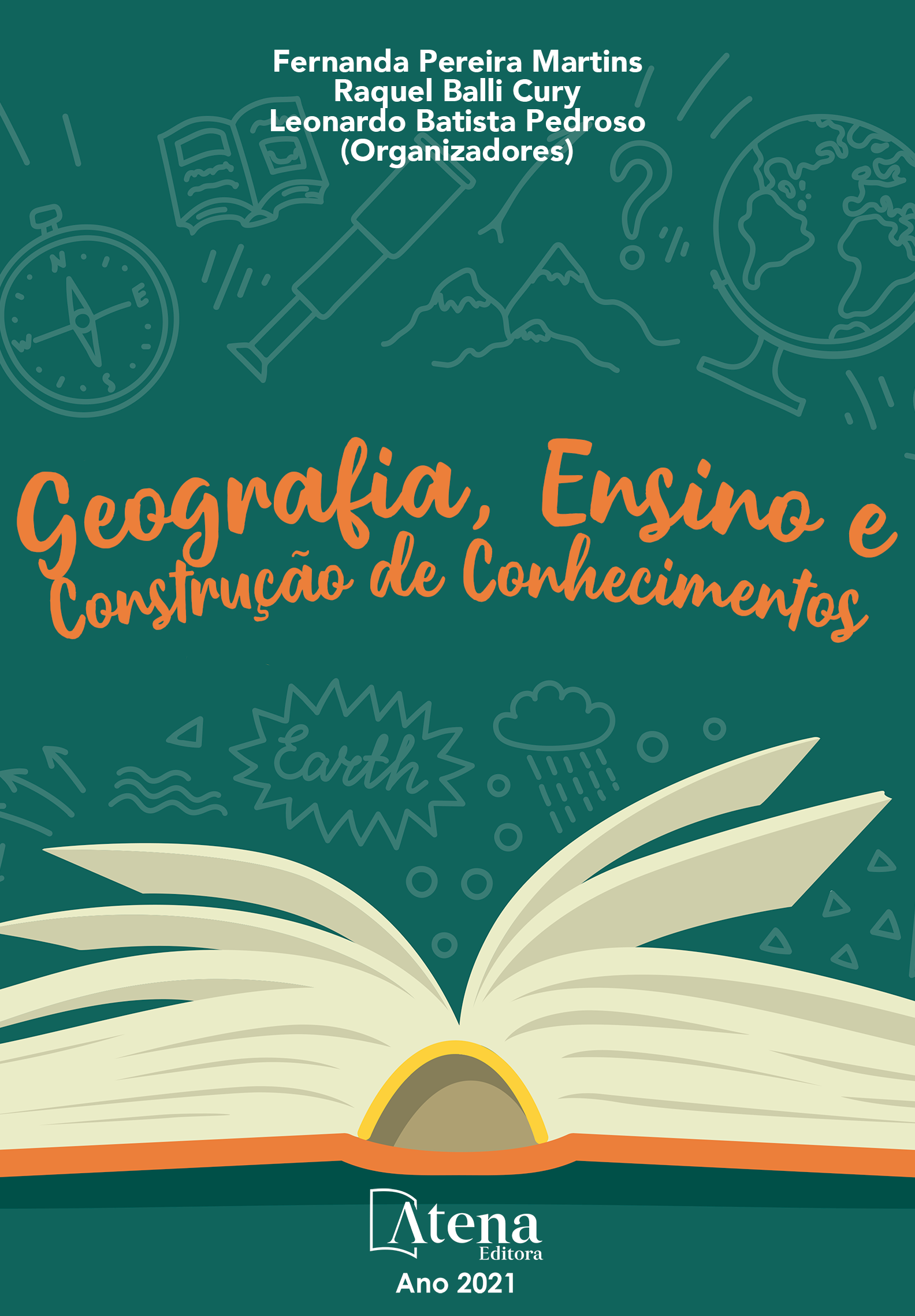
OLHARES SOBRE A MEMÓRIA E TERRITORIALIDADE NA AVENIDA GETÚLIO VARGAS EM CUIABÁ-MT
O objeto central deste estudo é analisar a Avenida Getúlio Vargas que apresenta diferentes territorialidades e constitui um espaço de memória na cidade de Cuiabá. Traz a lume parte das reflexões realizadas no âmbito da pesquisa intitulada “Territorialidades e representações urbanas na Região Metropolitana do Vale do Rio Cuiabá (RMVRC)” e aborda a Avenida Getúlio Vargas por sua importância no contexto urbano do centro principal desta cidade. Ressalta que, nas décadas de 1980 e 1990, acentuam-se as preocupações com o patrimônio arquitetônico e paisagístico da cidade de Cuiabá, valorizando os seus lugares de memória. Cuiabá, em 8 de abril de 2019, completou 300 anos. Sua origem se deu pela mineração no século XVIII, chegando em meados do século XX com aproximadamente 56 mil habitantes. Face à política de “integração da Amazônia à economia nacional”, empreendida pelos governos militares, Cuiabá recebeu intenso fluxo migratório, que promoveu intensas mudanças socioespaciais, elevando sua população a 618.124 habitantes nos dias atuais. Entre os procedimentos adotados para a pesquisa, destacam-se o levantamento bibliográfico e os trabalhos de campo.
OLHARES SOBRE A MEMÓRIA E TERRITORIALIDADE NA AVENIDA GETÚLIO VARGAS EM CUIABÁ-MT
-
DOI: 10.22533/at.ed.68421090415
-
Palavras-chave: Cuiabá; Avenida Getúlio Vargas; Territorialidade; Memória.
-
Keywords: Cuiabá; Avenida Getúlio Vargas; Territoriality; Memory.
-
Abstract:
The central aim of this study is to analyze Avenida Getúlio Vargas, which presents different territorialities and constitutes a space of remembrance in the city of Cuiabá. It brings to light part of the reflections carried out in the scope of the research entitled "Territorialities and urban representations in the Metropolitan Region of the Cuiabá River Valley (RMVRC)” and addresses Avenida Getúlio Vargas for its importance in the urban context of the main center of this city. It points out that, in the 1980s and 1990s, concerns about the architectural and landscape heritage of the city of Cuiabá were accentuated, valuing its places of remembrance. April 8, 2019 was the 300th anniversary of the city of Cuiabá. Its origin was due to mining in the eighteenth century, achieving approximately 56,000 inhabitants in the mid-twentieth century. Faced with the policy of "integration of the Amazon with the national economy", undertaken by the military governments, Cuiabá received intense migratory flow, which promoted intense socio-spatial changes, bringing its population to 618,124 inhabitants nowadays. Among the procedures adopted for the research, the bibliographic survey and field work stand out.
-
Número de páginas: 14
- João Marcos de Campos Barros Corrêa
- Franciellen de Almeida Figueiredo
- Sônia Regina Romancini


